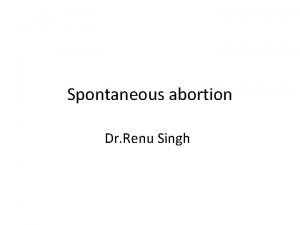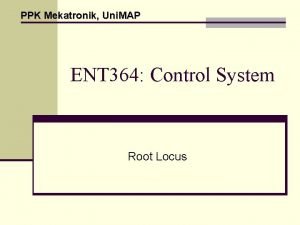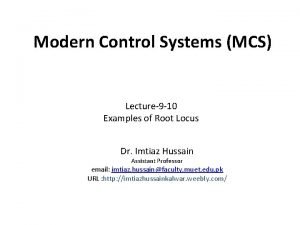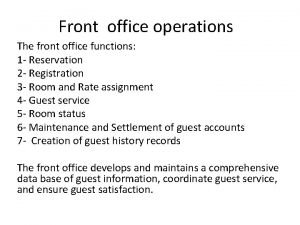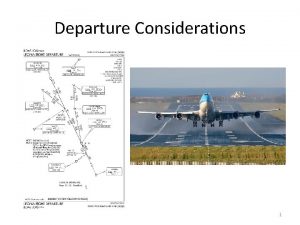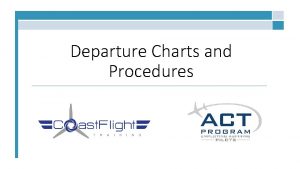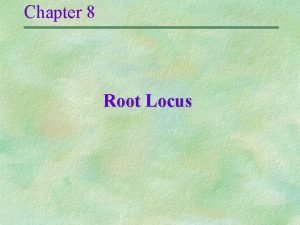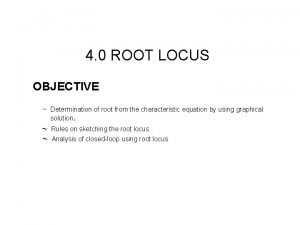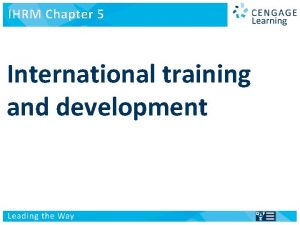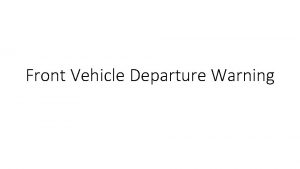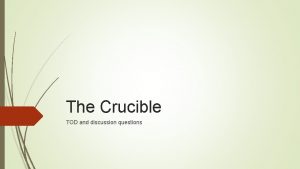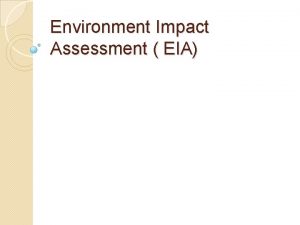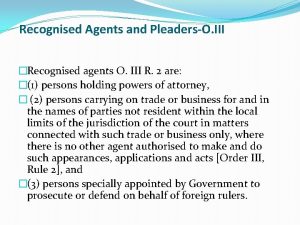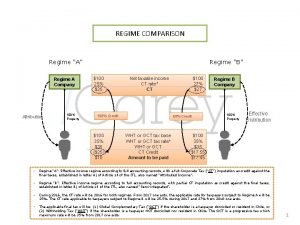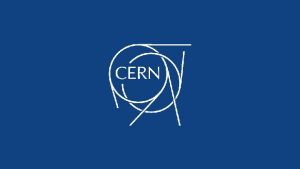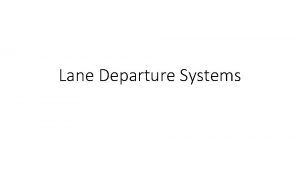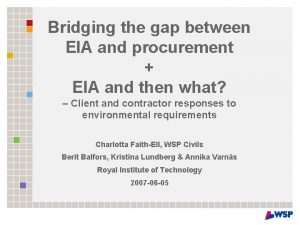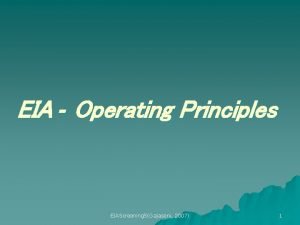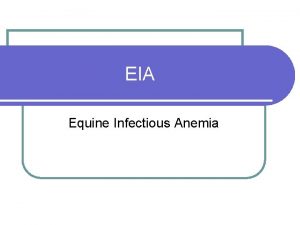Assessment of EIA regime Departure point EIA recognised
















- Slides: 16

Assessment of EIA regime

Departure point • EIA recognised as – an impediment to investment – not always the most appropriate instrument • NEMA amendment in 2010 to allow for alternative instruments

DEA strategic plan • 2009/10: 60% • 2010/11: 60% • 2011/12: 67% • Estimated for 2012/13: 88% • Target for 2013/14: 89% • Note: Performance targets set for non compliance

• • • Consequences Timeframes not met Targets offer no comfort when authorisation is delayed Delays result in significant costs Competitiveness reduced Further delays caused by additional conditions Emergency action not feasible

Alternative instruments Environmental management frameworks Strategic environmental assessments Environmental management programmes Environmental risk assessments Environmental feasibility assessments Spatial development tools Norms and standards

Challenges • Long delays in decision making • Repeated requests for additional information not used in decision • Imposition of unreasonable conditions – Not applicable to activity – Impossible to achieve – Covered by other legislation • EIA authorisation and license conditions not aligned • Licensing processes require additional studies

Proposals for improvement • • Reduce authorisation delays Use of alternative instruments Conditions of authorisations Alignment of environmental management plan and conditions

Use of alternative instruments • Establish a work plan to investigate the use of alternative instruments • Prioritise norms and standards for repeatable activities • Environmental management frameworks • Spatial development tools • Incorporate EMP into conditions

Norms and standards • Distinguish between industrial areas and other land uses • For repeatable activities: - Allow norms and standards as the default requirement in an industrial area - Encourage the development and use of national standards - Identify the activities that could be dealt with by requiring compliance with existing standards - Gazette requirement and remove activities from list

Environmental management frameworks • Current project on Environmental Impact Assessment Management System recommends boundaries of EMFs to be aligned with spatial development frameworks. • No reason not to initiate immediately • Consider which EMFs can be used immediately

Spatial development tools • Spatial Development and Land Use Management Bill to be used as basis of provincial regulations being required to recognise EMFs • If a development is aligned with the EMF exemption from an EIA should be allowed

Authorisation conditions • Current approach should be reviewed and comprehensive guidance provided to provincial authorities • Issues to be addressed immediately: – Reference to legislation of departments other than DEA and DWA to be avoided – Mitigation measures should be included in EMP only

Authorisation conditions (2) • Mitigation for specific environmental impacts and included in the EMP should be incorporated into licenses to ensure integration • Where requirements are already contained in a national standard, the standard should be referenced

Alignment of processes • EIA precedes licensing process • Ensure that consolidated requirements are presented to applicant • Outcomes of specialist studies to be incorporated in EMP • EMP to form basis of license conditions

Conclusions • No reason to allow the unsatisfactory status quo to remain in place • Possible to initiate immediate steps to improve the situation • Establish structures to work together to develop and implement an action plan

Thank you
 Renu is recognised
Renu is recognised Amoeba kingdom
Amoeba kingdom Ent mekatronik
Ent mekatronik Root locus departure angle
Root locus departure angle Example of local attraction
Example of local attraction Departure procedure in hotel
Departure procedure in hotel Front office duty and responsibility
Front office duty and responsibility Omnidirectional departure
Omnidirectional departure Odp departure
Odp departure Root locus angle of departure and arrival
Root locus angle of departure and arrival Root locus angle condition
Root locus angle condition Picasso femme
Picasso femme Components of effective pre-departure training programs
Components of effective pre-departure training programs Front vehicle departure warning
Front vehicle departure warning Posted voucher rack
Posted voucher rack The crucible discussion questions
The crucible discussion questions On monsieur's departure literary devices
On monsieur's departure literary devices
